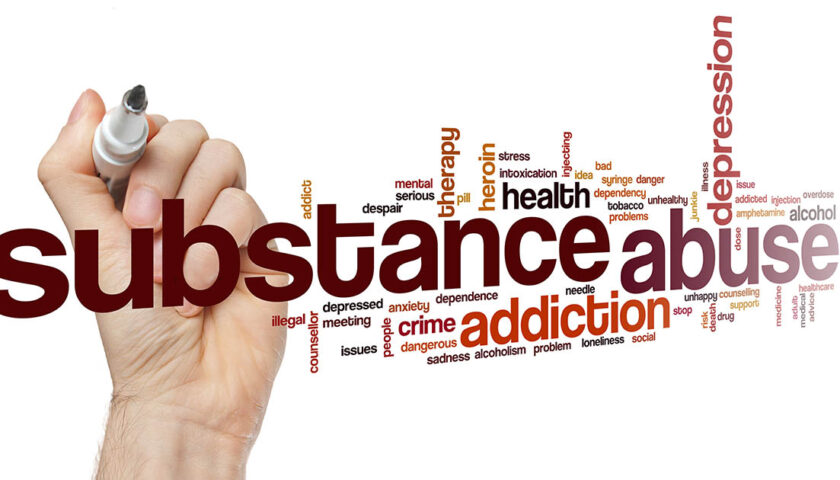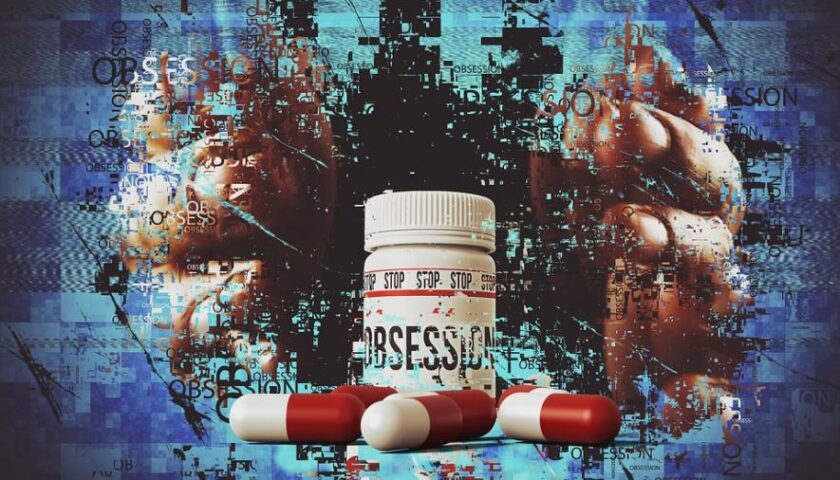Jammu & Kashmir Drug Crackdown 2025: 220 Hotspots Identified, 1,400+ Arrests Made
By: Javid Amin | 31 July 2025
The Crisis in Numbers
At the latest UT-level Narco Coordination Centre (NCORD) meeting, officials laid bare the scale and depth of the drug menace in Jammu & Kashmir:
-
220 drug hotspots identified across the UT
-
33 hotspots dismantled through coordinated raids
-
413 arrests made from these zones alone
-
1,032 NDPS cases registered in 2025
-
1,416 total arrests under drug laws this year
-
1,388 kg of narcotics and 62,000+ psychotropic tablets seized
-
₹39 crore worth of assets frozen, including:
-
35 properties
-
13 vehicles used in drug logistics
-
These aren’t just statistics—they reflect a battle fought in lanes, alleyways, and border checkpoints, involving syndicates both local and transnational.
Breaking the Backbone of Narcotics Trade
The scale of the operation is unprecedented for J&K:
-
Mapping of high-risk zones: From urban pockets in Srinagar to rural conduits in border districts like Rajouri and Kupwara.
-
Asset freezing powers under NDPS Act: Aimed at choking the economic muscle of drug networks.
-
Vehicle seizures and property closures: Targeting drug dens and transport chains.
Officials assert that the focus is no longer reactive, but strategic and intelligence-driven.
“We’re not just catching couriers anymore. We’re tracking financiers, fronts, and false businesses,” said an NCORD official.
Systemic Review: No More Legal Loopholes
Perhaps the most important evolution is administrative:
-
A systematic audit of long-pending cases has been launched.
-
Authorities are reviewing bail and acquittals to identify:
-
Procedural lapses
-
Weak investigation
-
Prosecutorial delays
-
Witness tampering
-
This shift shows intent to tighten the legal noose—ensuring that arrests lead to convictions, and that drug kingpins don’t walk free due to technicalities.
Healing the Addicted: Rehabilitation, Not Just Punishment
J&K’s crackdown is not just about police raids—it’s also about public health intervention:
-
In-patient services expanded at district government hospitals
-
IMHANS (Institute of Mental Health and Neurosciences) is being upgraded to meet rising demand for de-addiction
-
Efforts are on to reduce reliance on costly private rehab centers
“We’re trying to make treatment accessible and humane,” said a senior Health Department official. “Addiction is a disease, not a crime.”
Outreach campaigns in schools and mohallas are also in the pipeline, focusing on early detection and community awareness.
The Bigger Picture: J&K as a Drug Transit Corridor
Jammu & Kashmir’s geopolitical location makes it uniquely vulnerable:
-
It lies close to the Afghanistan–Pakistan–India drug route
-
LoC areas and porous borders have long served as trafficking conduits
-
Terror outfits are known to fund operations through narco-trafficking
This complex nexus of crime, terror, and addiction demands more than arrests—it requires a counter-narcotics ecosystem involving intelligence, social welfare, judiciary, and border management.
What Needs to Be Done: A Five-Pillar Drug Response Model
-
Community Engagement
Involve Panchayats, youth clubs, and religious leaders to create drug-free zones. -
School-Level Intervention
Add mandatory modules on substance abuse awareness, mental health, and peer support. -
Fast-Track Narcotics Courts
Expedite NDPS cases to avoid trial fatigue and judicial loopholes. -
Technological Integration
Use AI and analytics to track hotspot activity, repeat offenders, and cross-border movement. -
Cross-State and Central Coordination
Build intelligence bridges with Punjab, Himachal, and central agencies for intercepting inter-state flows.
Final Thoughts: A Region at Crossroads
This is not just a law enforcement story—it’s a socio-political turning point.
J&K has long suffered from cycles of conflict, economic disruption, and unemployment—fertile ground for addiction to take root. The current push, if sustained with transparency, compassion, and community support, can turn the tide.
But the moment must not be wasted. Every arrest must be followed by justice. Every user must be offered a path to recovery. And every rupee frozen must go into rebuilding broken lives.




